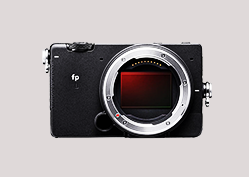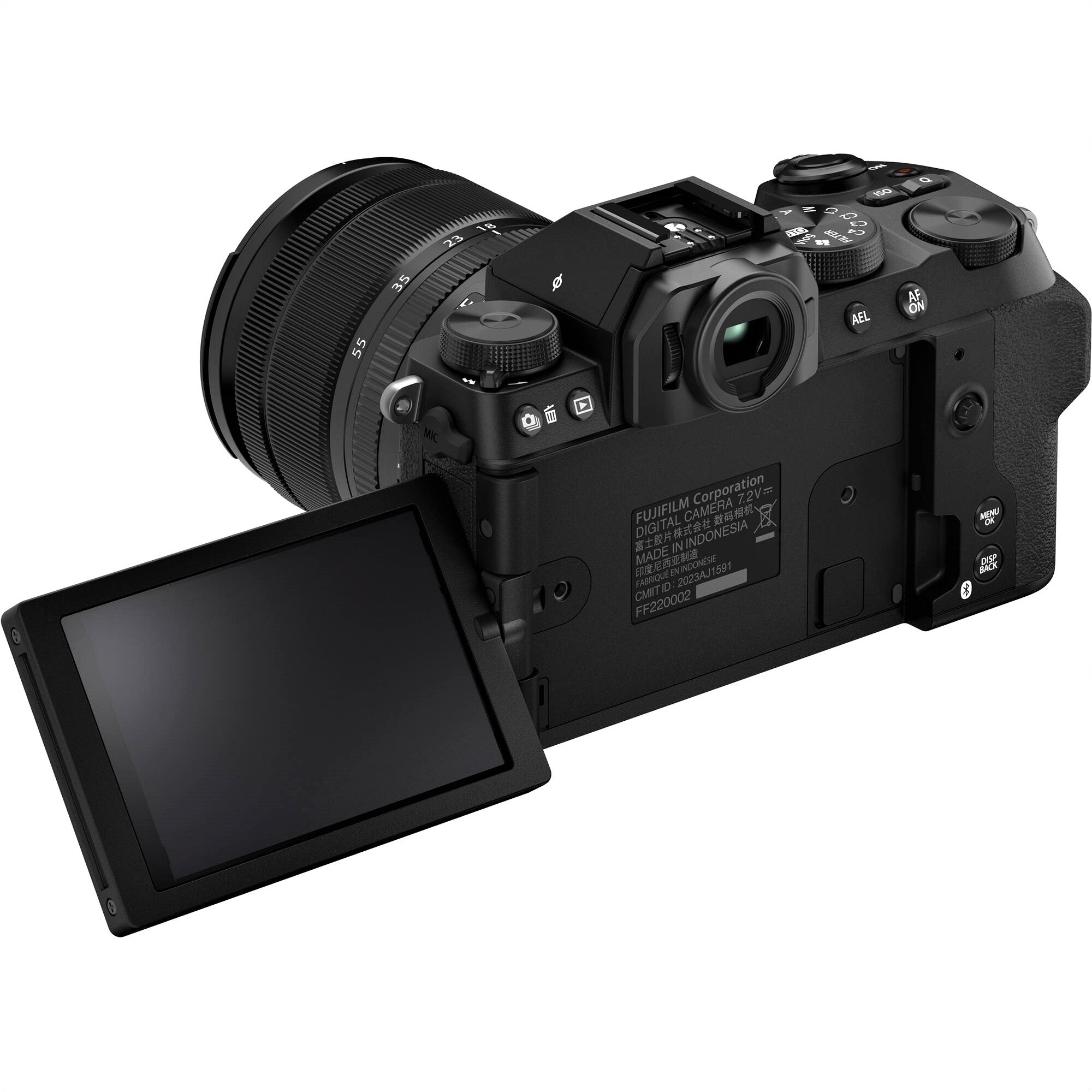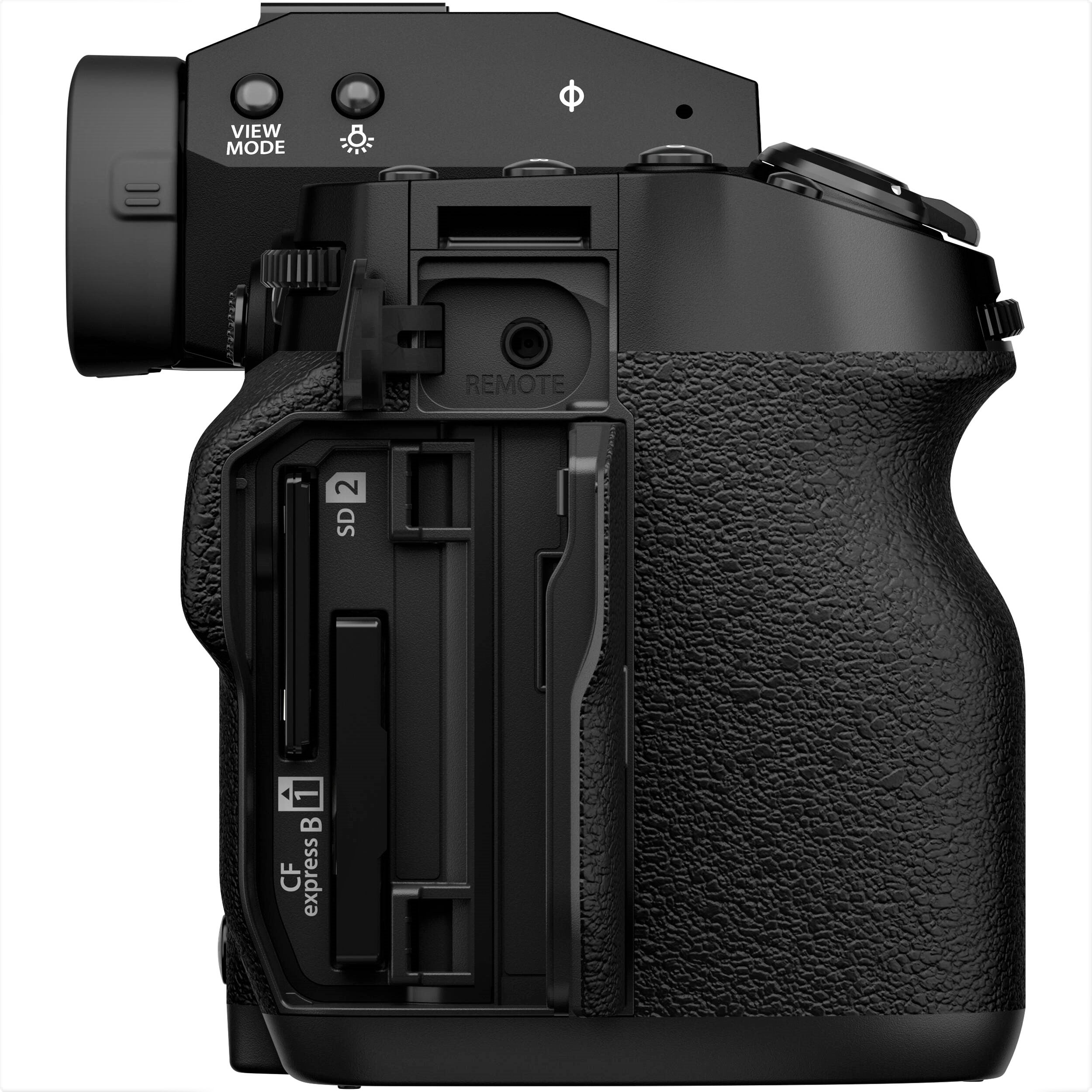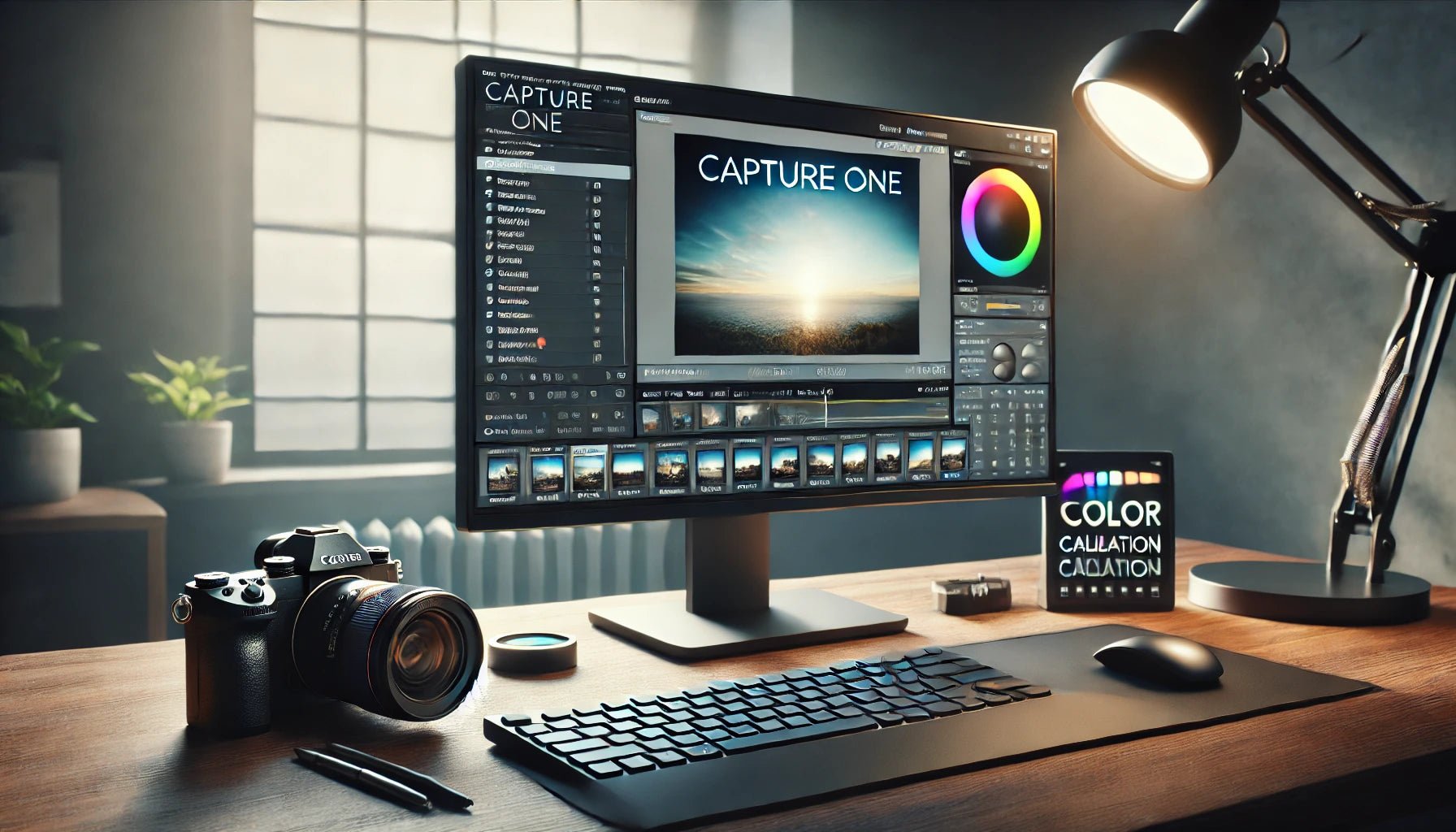Point and shoot cameras are still popular! They're easy to use and keep getting better. In 2024, expect even more great features. These cameras are now packed with better sensors, WiFi, Bluetooth, and cool image stabilization.
They’re perfect for both pro photographers who need a small camera and beginners who want something simple.
Why choose a point and shoot over a bulky DSLR or mirrorless camera? Size matters. These cameras fit in your pocket but still snap amazing photos. They’re ideal for taking anywhere, from parties to mountain hikes.
Looking to buy one? Think about what you want to photograph—scenic views, city vibes, or family fun. This guide compares top models, shows what makes each special, and helps you pick the perfect camera for your 2024 adventures.
What is a Point and Shoot Camera?

Point and shoot cameras are straightforward, perfect for those valuing ease over complexity. With fixed lenses, there's no need for manual adjustments. These cameras have advanced automatic systems handling exposure and focus, allowing for the effortless capture of sharp, high-quality images.
These cameras shine in quick-shot scenarios like family events or street photography, where capturing the moment matters more than adjusting settings. They're easy to use, appealing to enthusiasts more focused on the scene's essence than on shooting techniques.
Despite their simplicity, point and shoot cameras don't sacrifice image quality. Equipped with features like optical zoom, face detection, and image stabilization, they offer solid functionality for most casual photography needs. Their blend of convenience and capability makes them excellent for vividly preserving memories.
Key Features of Modern Point and Shoot Cameras
Point-and-shoot cameras are loaded with features that appeal to everyone from beginners to pro photographers. Here’s a simplified overview of what makes these cameras so user-friendly:
- Automatic Mode: These cameras shine with an automatic mode that does all the hard work. It adjusts settings like aperture and shutter speed automatically, so you can concentrate on taking the picture, not fiddling with settings.
- Compact Design: They're small, much smaller than bulky DSLRs, making them perfect for travel. You can easily tuck them into a pocket or bag and go, always ready to snap a quick photo.
- Zoom Features: Small but mighty, these cameras pack serious zoom. They use optical zoom to keep your images sharp while zooming in, and digital zoom for getting even closer, though it might reduce the image quality slightly.
- Built-in Flash: Dark settings? No problem. The built-in flash lights up your shots, ensuring your pictures come out bright and clear, no matter the lighting conditions.
- Image Stabilization: Say goodbye to blurry photos. Image stabilization helps keep your shots sharp even if your hands shake a bit, whether you're walking or zooming in on your subject.
These attributes make point-and-shoot cameras a top pick for capturing quality images easily and effectively. They’re designed for simplicity, letting you enjoy snapping photos without needing to know all the technicalities.
Best Point and Shoot Cameras for 2024
Let's take a look at the leading point and shoot cameras set to shape photography in 2024. Chosen for their performance, features, user feedback, and value, these cameras promise to impress.
Canon PowerShot G7 X Mark III

The Canon PowerShot G7 X Mark III stands out with its stellar 20.1-megapixel sensor, delivering sharp, high-resolution images that are essential for professional-quality content.
The lens, a 24-100mm equivalent f/1.8-2.8, offers remarkable flexibility, excelling in both portrait and landscape photography due to its wide aperture range which provides beautiful bokeh and superior low-light performance.
Its video capabilities are particularly impressive, supporting uncropped 4K videos that preserve the full width of the sensor. Additionally, users can create dramatic slow-motion sequences thanks to its ability to shoot at 120 fps in Full HD.
- Advanced Connectivity for Efficient Workflow: The integration of Wi-Fi and Bluetooth significantly enhances the camera's utility by enabling instant image and video transfers to smartphones and computers, facilitating a seamless workflow for vloggers and content creators who need to upload content swiftly or manage social media in real time.
- Design Features Designed for Vloggers: The camera is designed with a 180-degree tiltable LCD touchscreen, allowing for effortless selfies and high-angle shots, making it a perfect companion for solo content creators. Its compact size does not compromise on ergonomic handling, offering a comfortable grip and easy access to controls, which is ideal for extended shooting sessions.
Pros and Cons:
- Pros: Exceptional image and video quality in a variety of lighting conditions, user-friendly interface, excellent for vlogging due to the flip screen and connectivity options.
- Cons: Absence of an electronic viewfinder could be a drawback for some traditional photographers; the limited zoom range may affect versatility in shooting distant subjects.
Sony Cyber-shot RX100 VII

The Sony Cyber-shot RX100 VII is a powerhouse packed in a compact body, featuring a 20.1-megapixel resolution that ensures high clarity and detail in images. The 24-200mm equivalent f/2.8-4.5 zoom lens is designed to cover an extensive range of shooting scenarios, from expansive landscapes to detailed close-ups.
This model stands out for its advanced video capabilities, including 4K HDR recording that captures greater detail and color accuracy, and Sony's acclaimed Real-time tracking and Real-time Eye AF systems that makes sure subjects are sharp and well-focused in both stills and videos.
- Enhanced Usability for Enthusiasts and Professionals: With a high-quality electronic viewfinder, photographers can enjoy a real-time preview of their shots with detailed exposure information, which is especially useful in bright outdoor environments. The camera also offers a retractable viewfinder and a tiltable LCD, which are valuable for shooting from difficult angles.
Pros and Cons:
Panasonic Lumix ZS200 / TZ200

The Panasonic Lumix ZS200, known as TZ200 in some markets, is an exceptional travel camera with a 1-inch 20.1-megapixel sensor that provides a perfect balance between image quality and zoom capabilities.
Its lens offers a significant 24-360mm equivalent focal range with an aperture of f/3.3-6.4, making it versatile for capturing everything from street scenes to distant wildlife.
Its 4K video functionality is not just about resolution; it also provides options for pre-capture and post-focus, allowing travelers to focus on enjoying the moment rather than worrying about camera settings.
- Travel-Friendly Design and Features: The camera’s pocket-sized design does not skimp on features, equipped with a fixed LCD and an intuitive control layout that makes it easy to use, even on the go. Its robust build quality ensures it can withstand the rigors of travel.
Pros and Cons:
- Pros: Its long zoom range and compact size are ideal for travel photography; 4K video capabilities enhance its appeal to video enthusiasts.
- Cons: The slower lens speed at the telephoto end can be limiting in low-light conditions, affecting image quality when fully zoomed in.
Advantages of Using Point and Shoot Cameras
Point and shoot cameras present a compelling array of benefits that cater to both novice and seasoned photographers, balancing simplicity with robust functionality.
- Effortless Operation and Rapid Response: Point and shoot cameras are designed for simplicity and speed, making them perfect for quickly capturing spontaneous moments. Their straightforward operation eliminates the hassle of complex settings, which is ideal in fast-paced environments. These cameras are not only quick to use but also serve as a great entry point for beginners eager to explore photography without getting overwhelmed by more complicated equipment.
- Compactness and Mobility: Point and shoot cameras offer a major advantage: they're small and light. Unlike bulky DSLRs, you can slip them into your pocket or a tiny bag. They're perfect for travelers or adventurers. As you roam city streets or rugged trails, these cameras stay out of the way, making it easy to snap life’s moments on the go.
- Adaptive Shooting Capabilities: Today's point and shoot cameras offer more than simplicity. They're designed with diverse settings and modes suited for any scene. Whether it's capturing landscapes with sharp, vivid detail or snapping clear, fast-paced action, these cameras excel. They adapt seamlessly to changing lights and scenes. This adaptability lets photographers experiment with everything from calm portraits to dynamic action shots, all without extra lenses or gear.
- Economic Advantage: Price plays a big role when picking a camera. Point-and-shoot models are usually cheaper than high-end DSLRs or mirrorless cameras. They offer a great deal for those new to photography or anyone on a budget. These cameras blend affordability with good quality, making them ideal for students, families, and anyone wanting to capture daily life without spending too much.
What to Look for in a Point and Shoot Camera in 2024

Resolution and Megapixels
Megapixels often mislead when evaluating point-and-shoot cameras; high numbers don't always mean better photos. Yet, higher megapixels do capture more detail, beneficial for zooming and cropping without clarity loss. This extra data aids precise post-processing, essential in capturing every detail in landscape shots or intricate textures.
Additionally, more megapixels allow for larger prints and sharper digital displays across various resolutions. When picking a camera, aim for 12 to 20 megapixels to balance detail, file size, and noise control.
Remember, sensor quality, lens sharpness, and processing power also dictate image quality. Megapixels matter, but they're part of a bigger picture.
For a deeper understanding and to find the right megapixel count for your needs, read more about optimal megapixels. This will guide your purchase, ensuring you get a camera that delivers the quality and performance you expect.
Lens Quality
Invest in high-quality lenses to achieve crystal-clear, sharp images. Opt for renowned brands that excel in minimizing optical issues like chromatic aberrations and flaring. Lenses with a broad aperture range are crucial—they let in more light, boosting low-light shots and creating those eye-catching, blurred-background portraits.
Battery Life
For those who roam outdoors, a long-lasting battery is crucial. Choose cameras with extended battery life to avoid the disappointment of a dead camera at pivotal moments. Cameras with replaceable batteries are ideal for long sessions or travels in remote areas, allowing you to swap in a fresh battery when needed.
Additional Features
- Wi-Fi/Bluetooth Connectivity: Essential for quick photo transfers or using remote shooting apps, this feature allows for effortless sharing and backups, enhancing your social media presence and safety of your images.
- Waterproof Capabilities: Adventurers facing rain or underwater scenes will benefit from waterproof cameras that withstand the elements, ensuring you capture every moment, rain or shine.
- Artistic Filters: Elevate your photography instantly with built-in filters. From black and white to sepia or vintage film effects, these features add a unique touch to your shots, bypassing the need for complex editing software.
Each of these aspects is key to a camera that not only meets your fundamental requirements but also enriches your photography with creative possibilities and resilience in diverse conditions.
How to Choose the Right Point and Shoot Camera for You

Choosing the right camera is crucial. It depends on what you need for your photography and your personal style. This guide helps you pick the perfect point and shoot camera. It matches your artistic style and boosts your shooting experience.
Understanding Your Photography Style
Your choice of camera should align closely with what you aim to capture, as each photography genre has distinct requirements:
- Travel Photography: If you're often on the move, prioritize cameras offering a broad zoom range to capture distant details and robust battery life to withstand long days of exploration.
- Portrait Photography: For those focusing on portraits, seek cameras that include features to enhance skin tones and offer soft-focus options to gracefully blur backgrounds, highlighting your subject.
- Street Photography: The unpredictable nature of street photography demands a camera that is not only compact and unobtrusive but also equipped with rapid autofocus to capture fleeting moments without delay.
Evaluating Camera Ergonomics
Before committing to a purchase, it's crucial to handle the camera physically. This hands-on experience allows you to assess its ergonomics—ensure that the camera sits comfortably in your hand and that its controls are intuitive and easily accessible during shooting. A camera that feels cumbersome or confusing to operate can hinder your ability to capture images spontaneously and effectively.
Leveraging User Reviews
Gleaning insights from user reviews can drastically influence your decision-making process. These reviews often shed light on a camera's operational realities, from image quality and battery performance to its ease of use in various settings. Pay close attention to consistent feedback, as it can indicate prevalent strengths or issues with the model.
Maximizing Your Point and Shoot Camera's Potential
Exploring the best point-and-shoot cameras for 2024 involves more than just choosing the right model; it's about fully leveraging your camera to boost your photography skills. Here’s a concise guide to improving your photography:
Composition Mastery
- Rule of Thirds: Imagine your viewfinder divided into nine equal parts by two vertical and horizontal lines. Place important elements at these intersections or along the lines to create balance.
- Leading Lines: Use roads, fences, or streams to draw the viewer’s eye towards your main subject, adding depth and interest.
- Framing: Utilize natural frames like windows or branches to isolate your subject and direct focus.
Advanced Camera Features
- Manual Mode: Control shutter speed, aperture, and ISO to tailor your shots.
- Exposure Compensation: Adjust brightness to counter tricky lighting.
- Macro Mode: Capture detailed close-ups not visible to the naked eye.
Post-Processing Techniques
- Basic Adjustments: Correct disparities in exposure, contrast, and color.
- Advanced Editing: Crop for better composition, sharpen for detail, or apply filters for mood.
- Tools range from user-friendly Adobe Lightroom to sophisticated Photoshop, catering to all levels of expertise.
By mastering these techniques, you'll not only enhance your technical prowess but also expand your creative vision, turning ordinary shots into compelling photographic narratives.
Is It Worth Buying a Point-and-Shoot Camera?

Yes, buying a point-and-shoot camera can definitely be worth it, depending on your specific needs and photography goals. Here are some factors to consider that might make a point-and-shoot a valuable addition to your photography tools:
- Simplicity and Convenience: Point-and-shoot cameras are designed for ease of use. You can take them out of your pocket, power them on, and start shooting almost immediately. This makes them excellent for capturing spontaneous moments and everyday situations without fussing over settings.
- Portability: Their compact size makes them ideal for travel and day-to-day photography where carrying a heavier DSLR or mirrorless camera would be cumbersome.
- Quality: Modern point-and-shoot cameras have improved significantly in terms of image quality. Many models now offer large sensors, excellent low-light performance, and optical zoom capabilities that rival more advanced cameras.
- Features: Many point-and-shoot cameras come with features such as optical zoom, image stabilization, built-in WiFi and Bluetooth, and even waterproof capabilities. These features can be very handy in various shooting conditions.
- Affordability: Compared to professional-grade cameras, point-and-shoots are generally more affordable and offer a good balance of performance and price.
- Backup Camera: For professional photographers or serious hobbyists, a point-and-shoot can serve as a convenient backup camera in situations where a larger camera is impractical.
If your primary concern is having a lightweight, straightforward camera that still delivers quality photos, a point-and-shoot camera could definitely be worth the investment. However, if you're looking for the ability to change lenses or need professional-grade control over your settings, a DSLR or mirrorless camera might be better suited to your needs.
Conclusion
This year's range of point and shoot cameras caters to everyone. If you're a casual photographer, you'll appreciate their simplicity and ease of use. For professionals, these compact powerhouses serve as ideal backups. Learning to fully utilize your camera will open up endless possibilities in photography.
These cameras are perfect for snapping everyday scenes, embarking on travel adventures, or delving into creative photography. It's important to remember that the best camera isn't the one with the highest megapixels or the most features. Rather, it's the one that fits your unique style and helps you capture the memories that truly matter.
As technology continues to advance, the capabilities of point and shoot cameras are becoming increasingly impressive. Embrace these advancements and allow your creativity to flourish, no matter which model you choose.
Looking for a point and shoot camera that improves your photography? Check out Nuzira!
Find reviews, tips, and insights to pick the perfect camera. Visit us now and capture your world with incredible detail and clarity!






